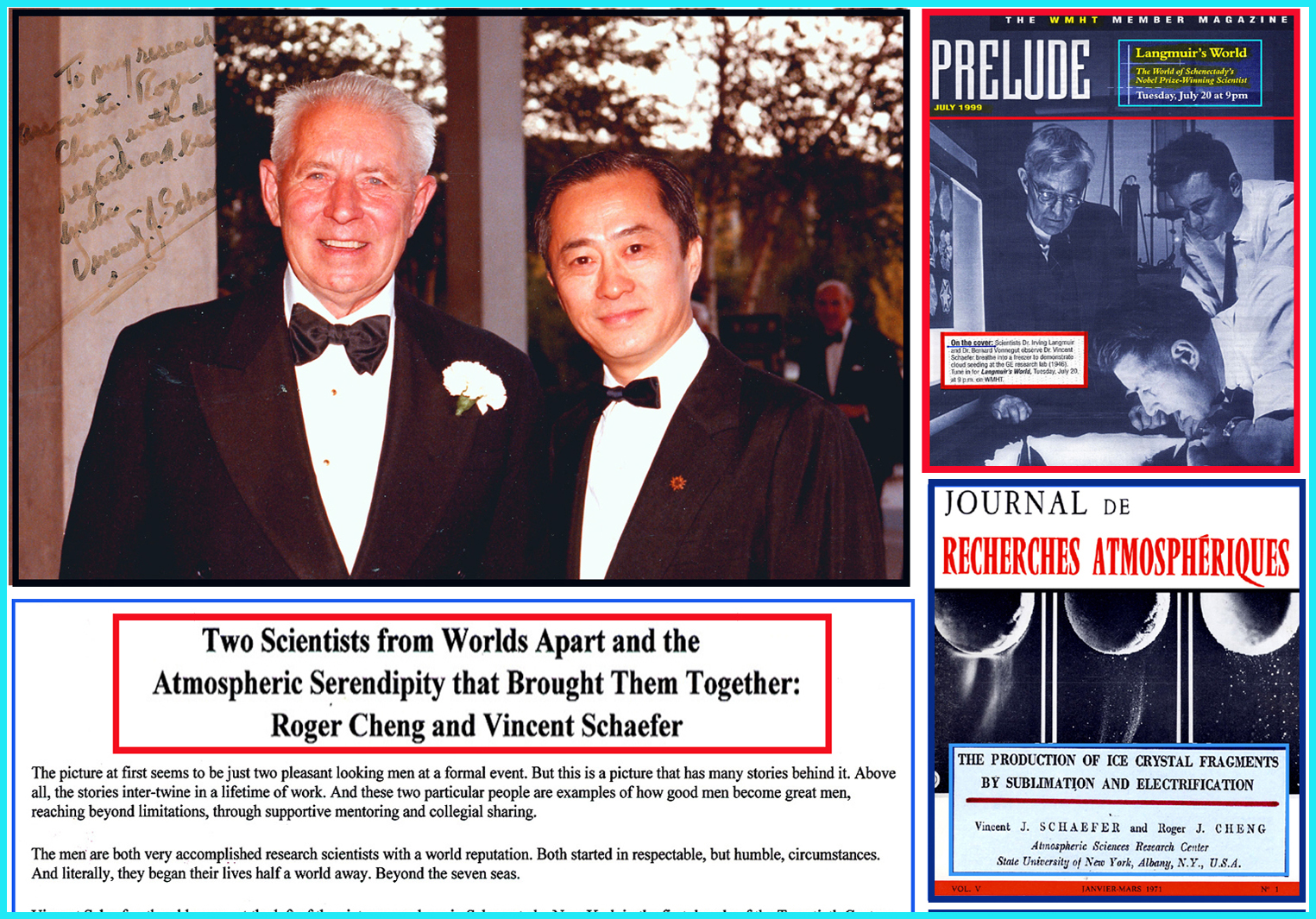|
|
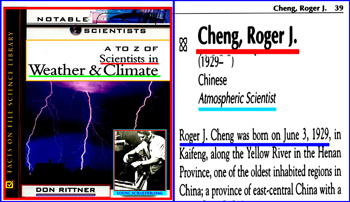 |
by
DON RITTNER
Historian , Environmental Activist, Educator, NOTABLE
SCIENTISTS
|
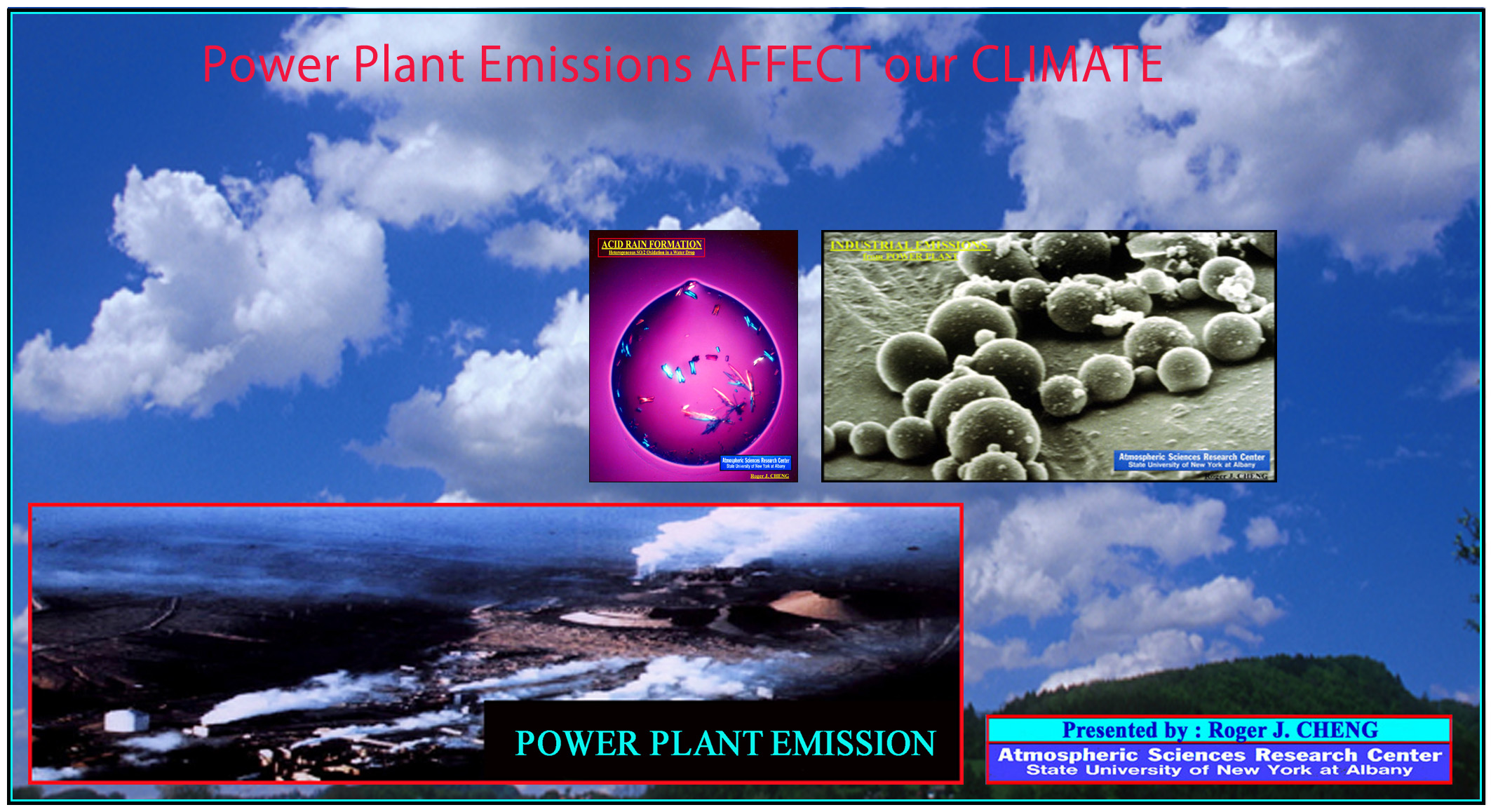 |
|
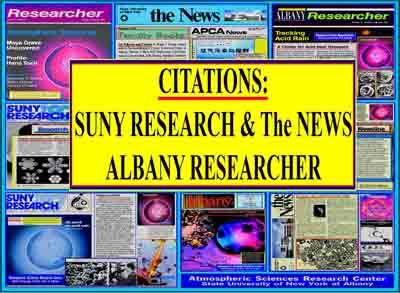 |
|---|
CHINESE
ATMOSPHERIC
SCIENTISTS
Roger J. Cheng was born on June 3, 1929, in Kaifeng, along the Yellow River in the Henan Province, a province of east-central China with a population of 77-millions. it was the poorest farm country in China. Cheng is the son of Chen-Yu and Shin-Nan Cheng, a farming family that goes back many generations. Fortunately for Cheng, his family's legacy of basic farm living came to an end when his father passed an exam after high school that awarded him a scholarship to college. Only two such awards are given each year by the government to Henan Province. His father went to Peking (Beijing) for higher education and became a professor at a university teaching history and political science. He then worked for the government on land-reform policy, eventually becoming the head of the Ministry of Land Reform. Later, Henan Province elected him as a senator in the Chinese government.This assured that Cheng would not become a struggling farmer like so many of his family before him. By passing a tough written exam, Cheng was allowed to attend the Nankai Middle School that is known for having the best and brightest students. This is the same school that many of today's top Chinese-government officers attended, including the former premier Chou En-lai. Cheng received a B.S. in physics and chemistry, but due to a disagreement with his professor over his research results, he was unable to complete his Ph.D. As a boy, Cheng loved to take electronic devices apart and then reassemble them. He also loved photography. Both of these interests would become pivotal talents in his adult career. During one evening, a blind fortuneteller told his family that Cheng would travel beyond China, work with small things, and marry a non-Chinese. After his family moved to Taiwan, Cheng passed a stringent English exam for study in America. He borrowed $50 and enough for air fare to fly to the United States, looking to further his education and opportunities in 1957. He landed in Florida and attended Florida State University for graduate work in physics and meteorology. To earn money, for three summers, he worked as a dishwasher, a waiter, and, soon after, a headwaiter at a Chinese restaurant. At the university, he became a technical assistant working for Dr. Seymour Hess, head of meteorology and an expert on the atmosphere of Mars. Cheng's early mechanical expertise came into play at Florida. He helped design very sensitive equipment to measure "water vapor" in the atmosphere of Mars in an experiment to confirm that the white caps on Mars were ice (water) and not frozen carbon dioxide. As a result of his work, he won two summer scholarships to Columbia University's Institute of Space Physics and UCLA'S Institute of Planetary Physics, the first ever for a foreign student. While he was working at Florida State University for Hess, he read most of the papers by New York's Vincent SCHAEFER on ice-and-snow-crystal research and appreciated the work Schaefer was trying to do in cloud seeding. Many of Cheng's friends and colleagues told him that Schaefer had a reputation as a great person with whom to work and in the area of atmospheric science, at the time an emerging field. He wrote to Schaefer, after studying everything about him, and asked for a job at the Atmospheric Science Research Center (ASRC) that Schaefer and others created in 1964 in Albany, New York. In 1966, Cheng began his first job as a technical assistant for Schaefer for $1.25 per hour, working for 10 hours a week. Cheng stayed at ASRC for 32 years. Schaefer watched and mentored his student Cheng and, after one year, gave him an order to set up a laboratory to study and assist other ASRC scientists on the subject of atmospheric particulates. Cheng created the Laboratory for Atmospheric Particulate Analysis and was put in charge as manager. Schaefer, who earlier had discovered cloud seeding with Irving LANGMUIR and Bernard VONNEOUT, directed Cheng to work on three projects regarding particulate matter:
In four years, Cheng developed the lab into one of the best microscopy labs, outfitted with the most modern equipment. While working for Schaefer, Cheng made several amazing observations in three major research fields-cloud physics, marine aerosols, and environmental sciences-all later confirmed by other scientists, based on the study of single drops of water. His first research project in the late 1960s with Schaefer, titled "Ejection of electrical charged ice particulates from a frost surface," was based on frozen water drops, ice pellets, and hail. This major discovery helped explain how the electric charges were generated in a thunderstorm cloud. Their discovery was confirmed 20 years later by scientists from MIT doing similar work. His photomicrographs that captured the activity became the featured cover in Science Magazine in 1970; it showed the freezing of a super cooled water drop and the ejection of micro droplets. More than 160 scientists from 25 countries requested a reprint of the photograph and article that eventually also appeared in more than 30 international science magazines, 15 encyclopedias, and a science yearbook. Cheng's second water-drop project dealt with the formation of acid rain, marble erosion, and plant damage. Cheng demonstrated in the laboratory that flyash from electric power plants catalyzed the reaction of sulfur dioxide in water droplets to form sulfates. By studying the marble constructed city hail in Schenectady, New York, he noticed that sulfur dioxide reacted with liquid water on the surface of the stone to produce sulfuric acid. Small pollutants such as flyash act as a catalyst in the reaction, making the marble change into gypsum, which crumbles. When fly-ash particles are injected in water drops that are 2 to 3 millimeters in diameter and are exposed to sulfur dioxide, needlelike sulfate crystals appear. Cheng believed that this reaction is probably implicated in leaf damage. This experiment was confirmed by the Canadian EPA in 1995 who conducted similar experiments. Finally, in 1986, he discovered with ASRC colleagues that sea-salt particles (marine aerosols) were hollow and not solid as formerly believed. The sea produces marine sea-salt aerosols by the bursting of bubbles at the surface. The small droplets are then carried high into the atmosphere by mixing and by convection. Previous thoughts on the subject assumed they were solid and that their mass could be calculated if their diameters were known. Cheng's discovery that they are hollow makes this calculation much more difficult. Cheng's findings were confirmed by scientists from the Institute of Meteorology in 1997 in Germany. He also noticed that seawater droplets ejected sulfate particles when they changed phase; that could be important in the global sulfur cycle. The State University of New York recognized him in 1978 with the SUNY Chancellor Award for Excellence in Professional Service. He retired from the ASRC in 2000 as Emeritus (Research scientist). Cheng, as predicted earlier by the fortune teller, married Leida Sutt of Estonia in 1961, a non-Chinese woman; they have two sons and one daughter. Their son Mark is a computer animator whose film credits include Dinosaur and Mouse Hunt. He has published many papers in atmospheric science and coauthored Solar Energy Experiments for High School and College Students (1977) with Thomas Norton and Donald Hunter and Air Pollution and Control in 1985. The latter book was the first of its kind in the Chinese language, was endorsed by the Director of the Chinese National Environmental Protection Bureau, and was published by their Environmental Science Service. It was distributed to all national, state, and city environmental officers as a handbook and to universities and research institutes as a reference book. He has utilized his experience as a consultant and teacher locally in the Albany New York Medical Center, V.A. School of Microscopy, the New York State Department of Environmental Conservation, Air Resources Division, the Auto Emission Testing Lab, and others. Cheng has traveled extensively abroad especially to his homeland China, where he has given 14 seminars and visited more than 25 universities and other institutes, and to other European countries and Russia giving talks and seminars. His photomicrographs have been in demand by popular and scientific publications worldwide for their art as well as content. He is currently creating a CDROM that contains all his research papers, magazine covers, and hundreds of his photographs. Remarkably, his achievements have all centered aroundthe study-- a single drops of water.
|
|
||||||||||||||||||||||
|
******************************************************************************************************************
The text of this website is available for modification and reuse under the terms of
the Creative Commons Attribution-Sharealike 3.0 Unported License and the GNU Free Documentation License
(unversioned, with no invariant sections, front-cover texts, or back-cover texts).
******************************************************************************************************************
|
Their
HEADS WERE in the CLOUDS---by
DON RITTER
|
||||||||||||||||||||||
|
|
||||||||||||||||||||||
|
A STAGE in the RAINMAKER'S ART-NEW SCIENTIST |
||||||||||||||||||||||
|
||||||||||||||||||||||
|
||||||||||||||||||||||
|
||||||||||||||||||||||
|
||||||||||||||||||||||
|

|
|||||||||||||||||||||||||||||||||||||||||
??????,???????? ?????????????
|
|||||||||||||||||||||||||||||||||||||||||
WHO
want to KNOW MORE the SECRETS of OUR ENVIRONMENT and
WHO wish to SEE the INDUSTRIAL EMISSIONS,
ACID RAIN and the ECOLOGICAL EFFECTS on our ENVIRONMENT.
|
|||||||||||||||||||||||||||||||||||||||||
 |




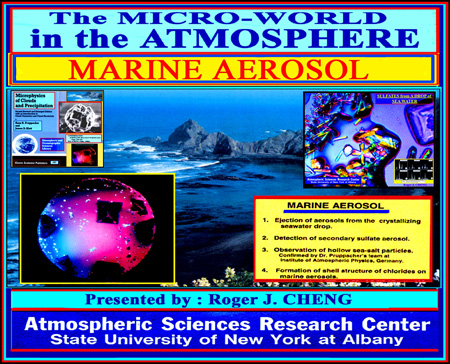








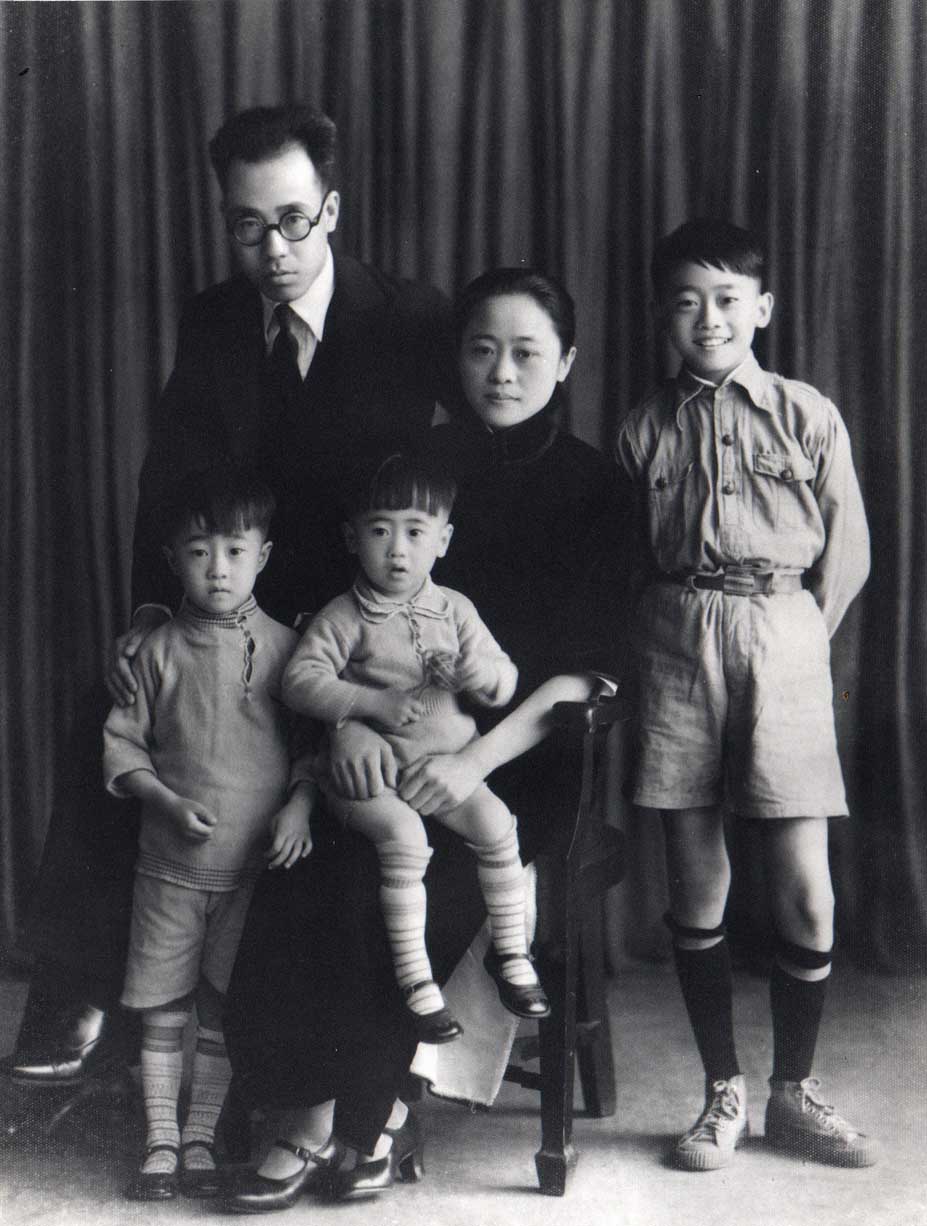
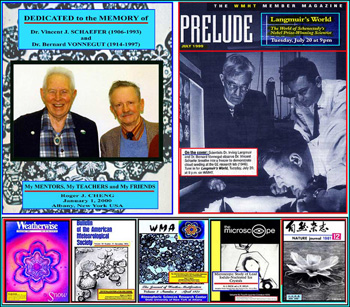


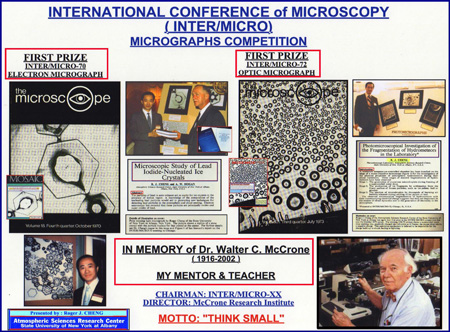

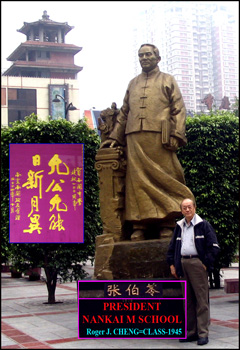
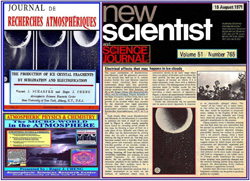
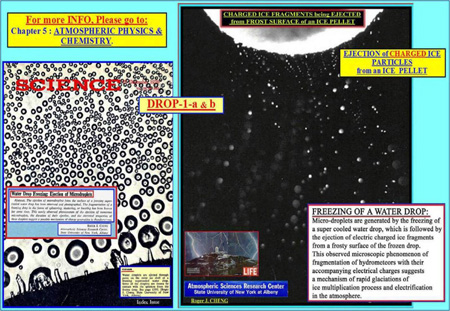
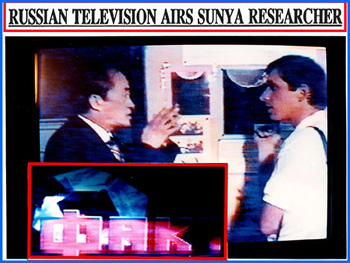
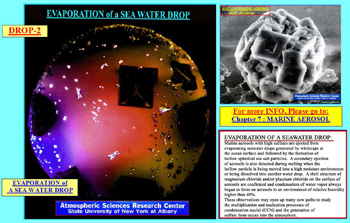







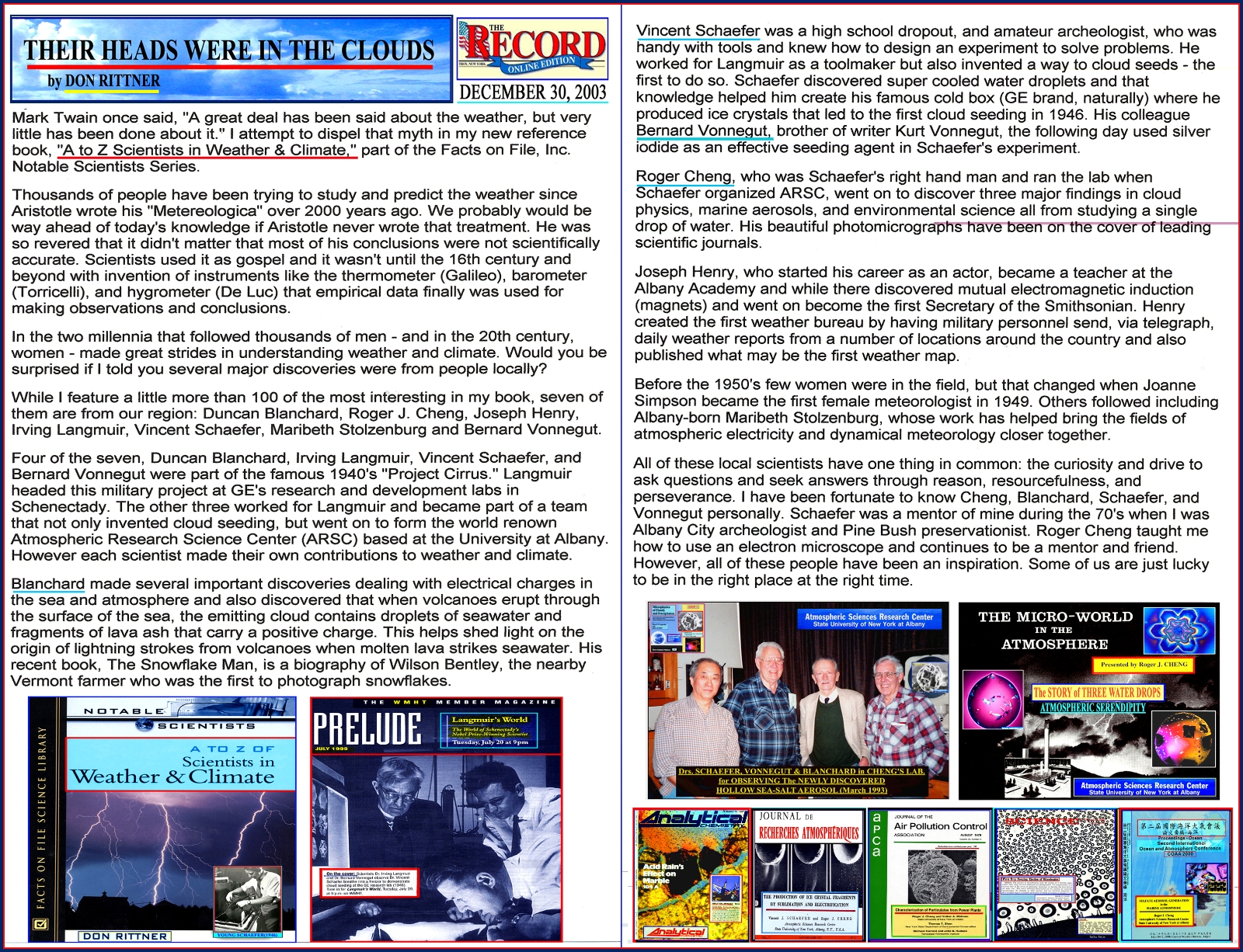
.jpg)
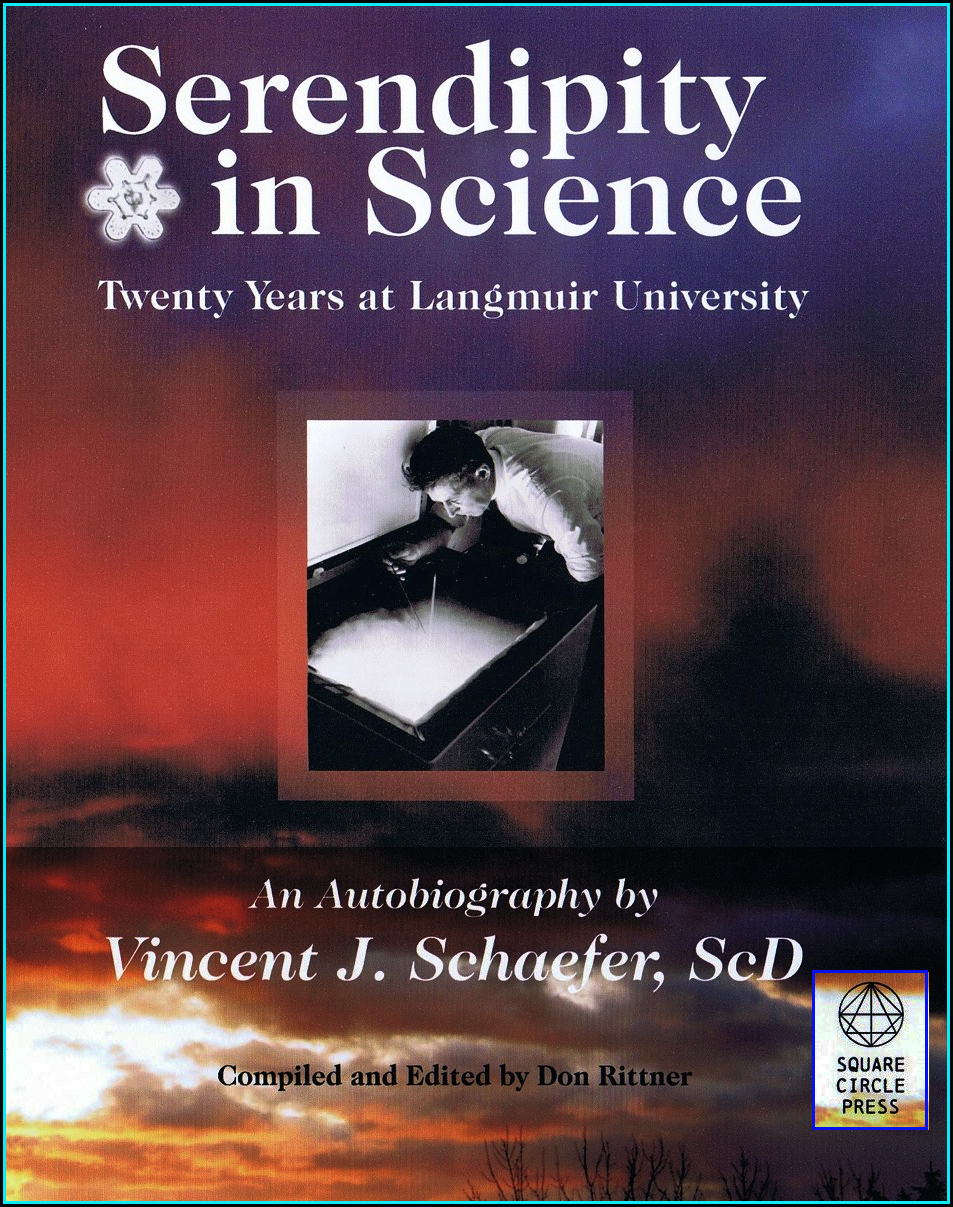

.jpg)
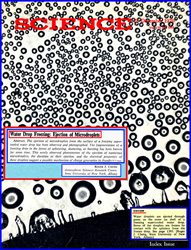


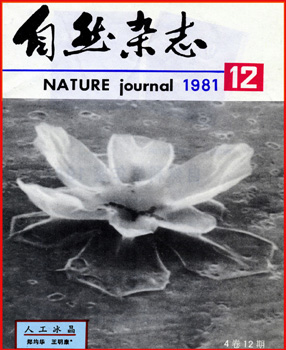



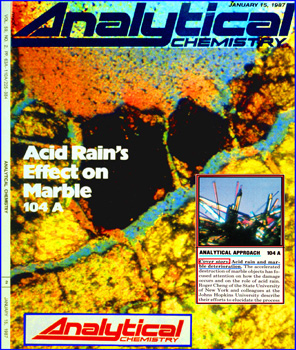
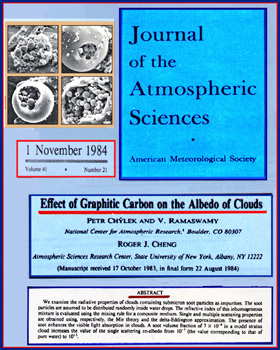


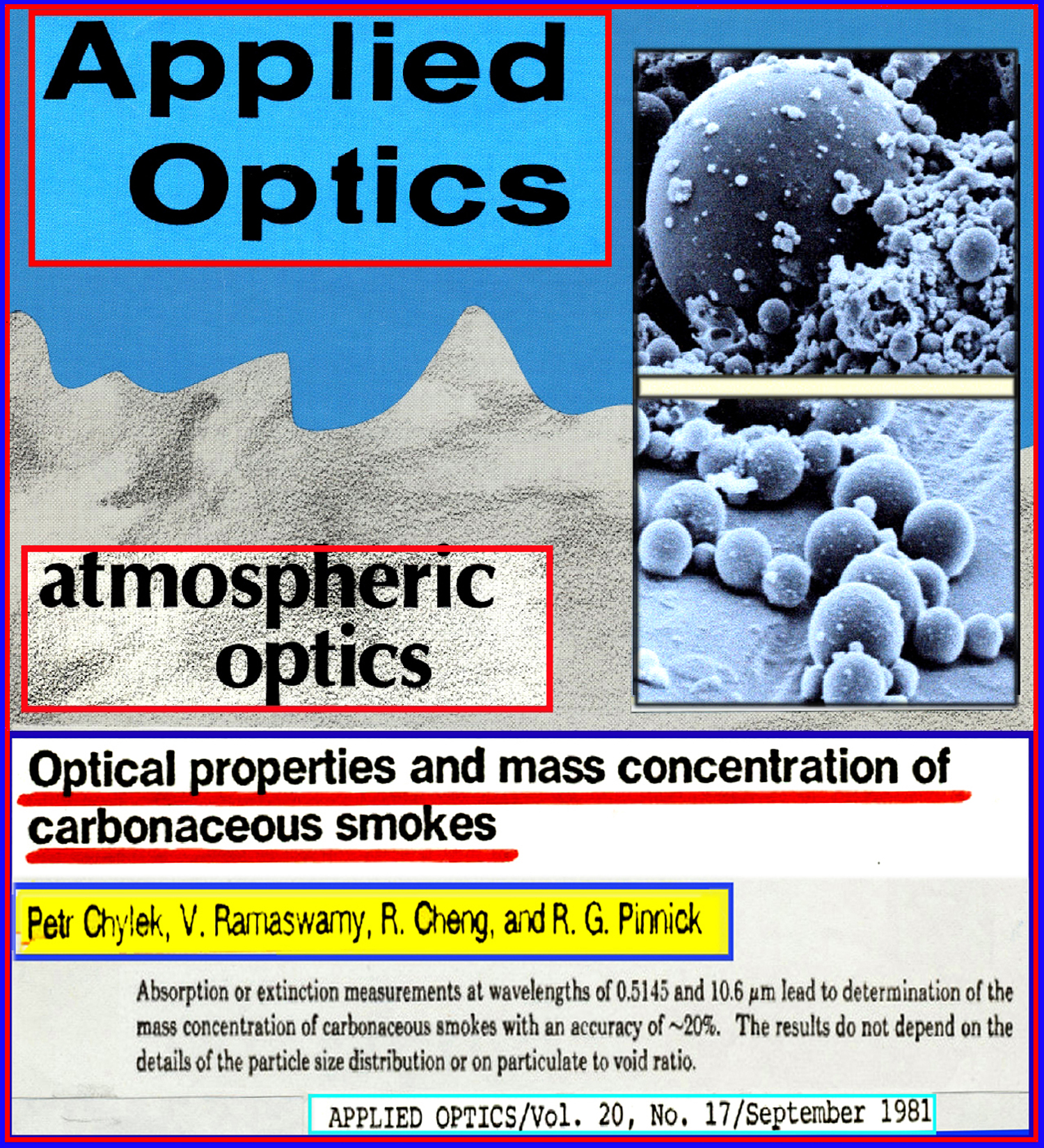
.jpg)
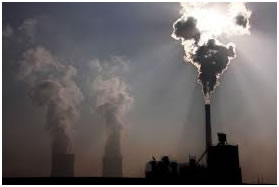
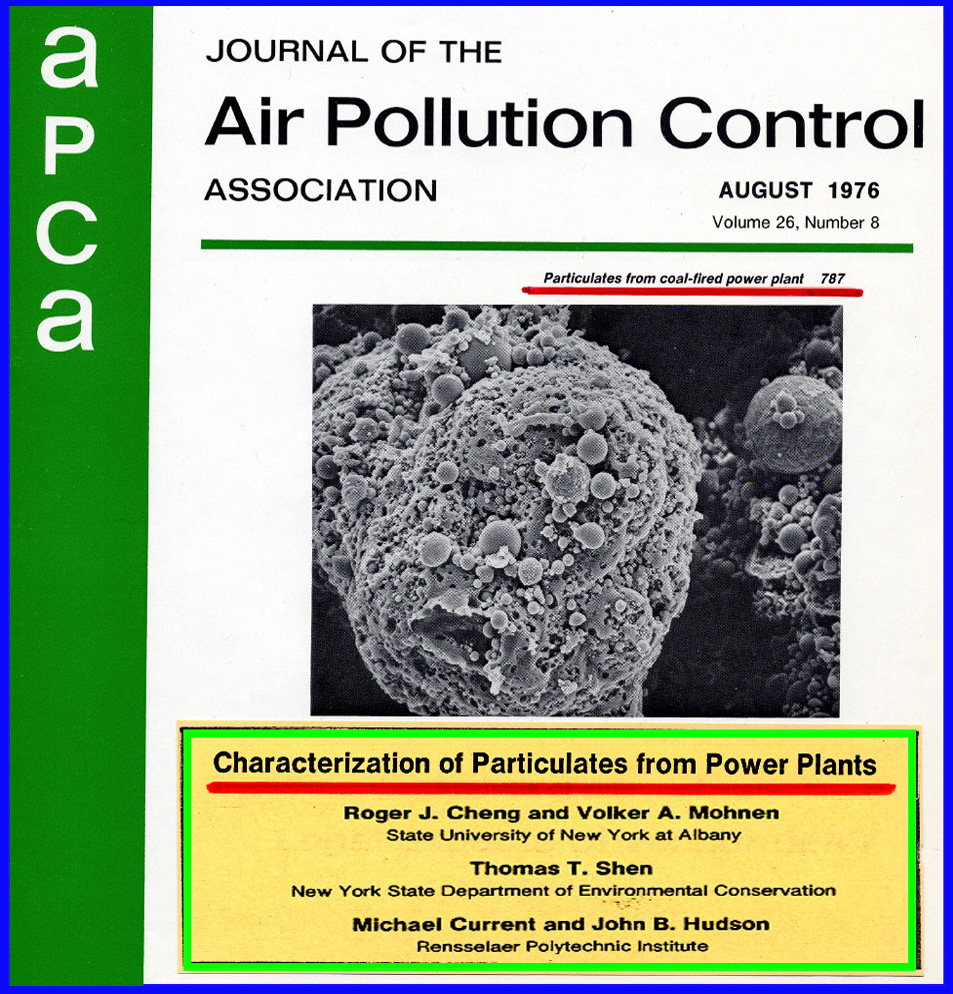
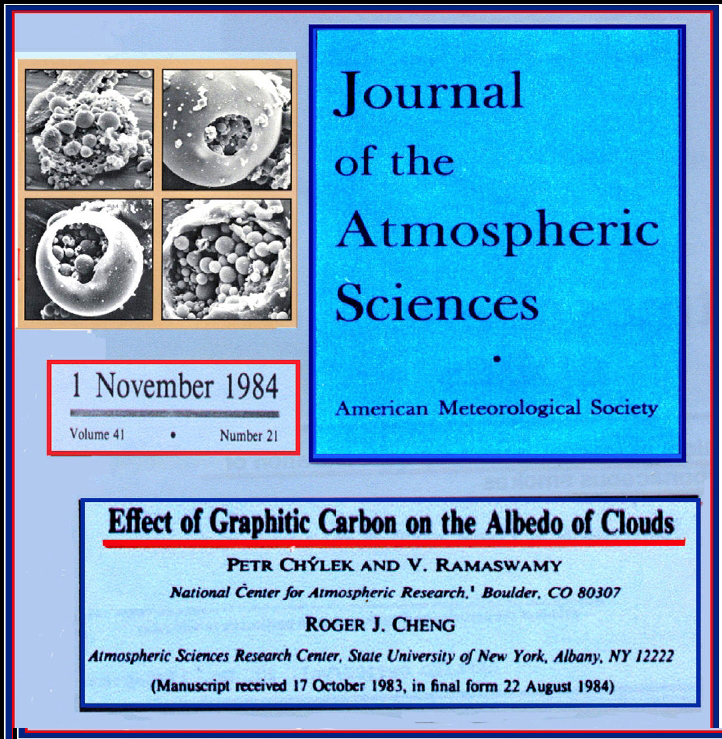
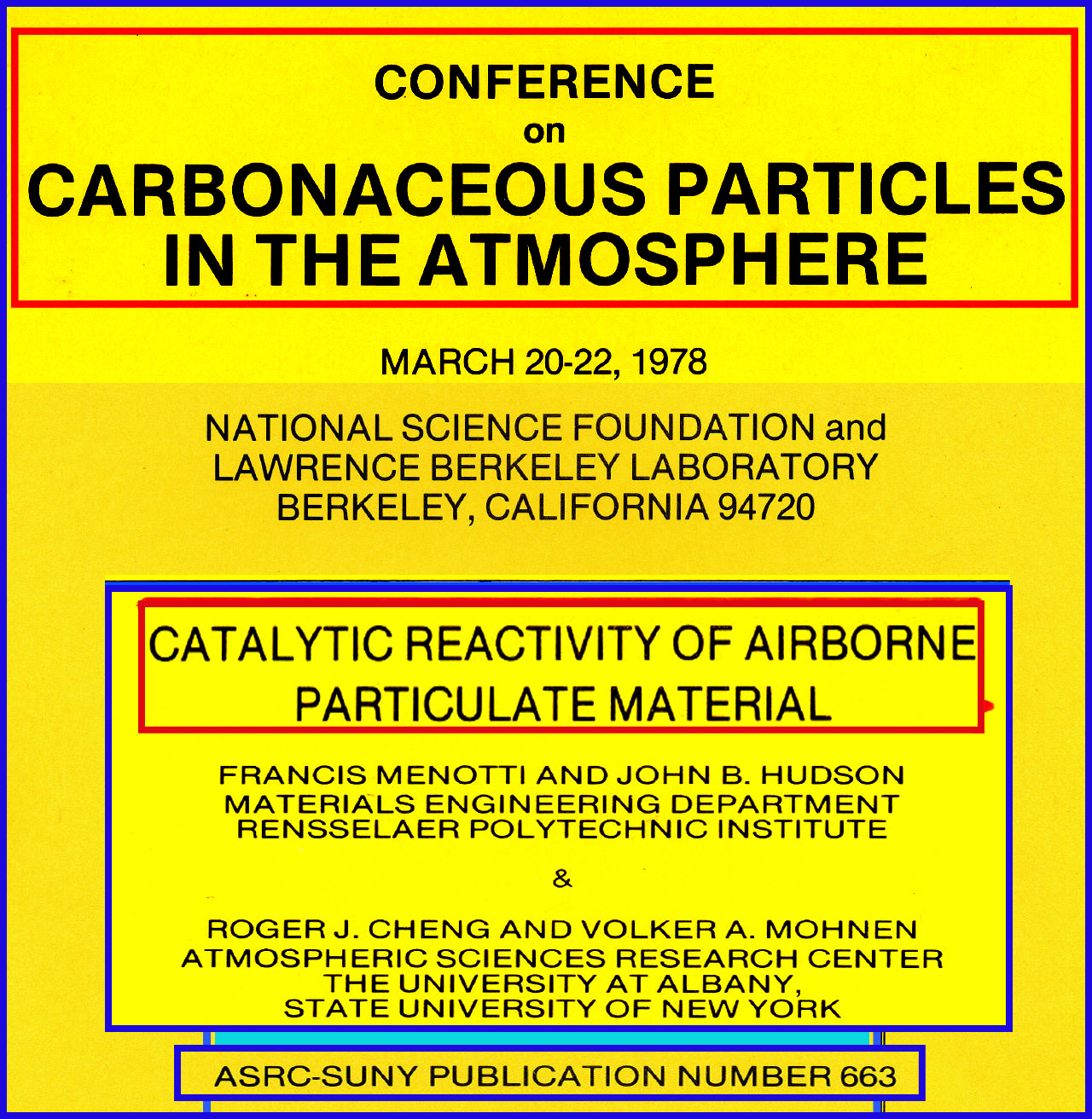
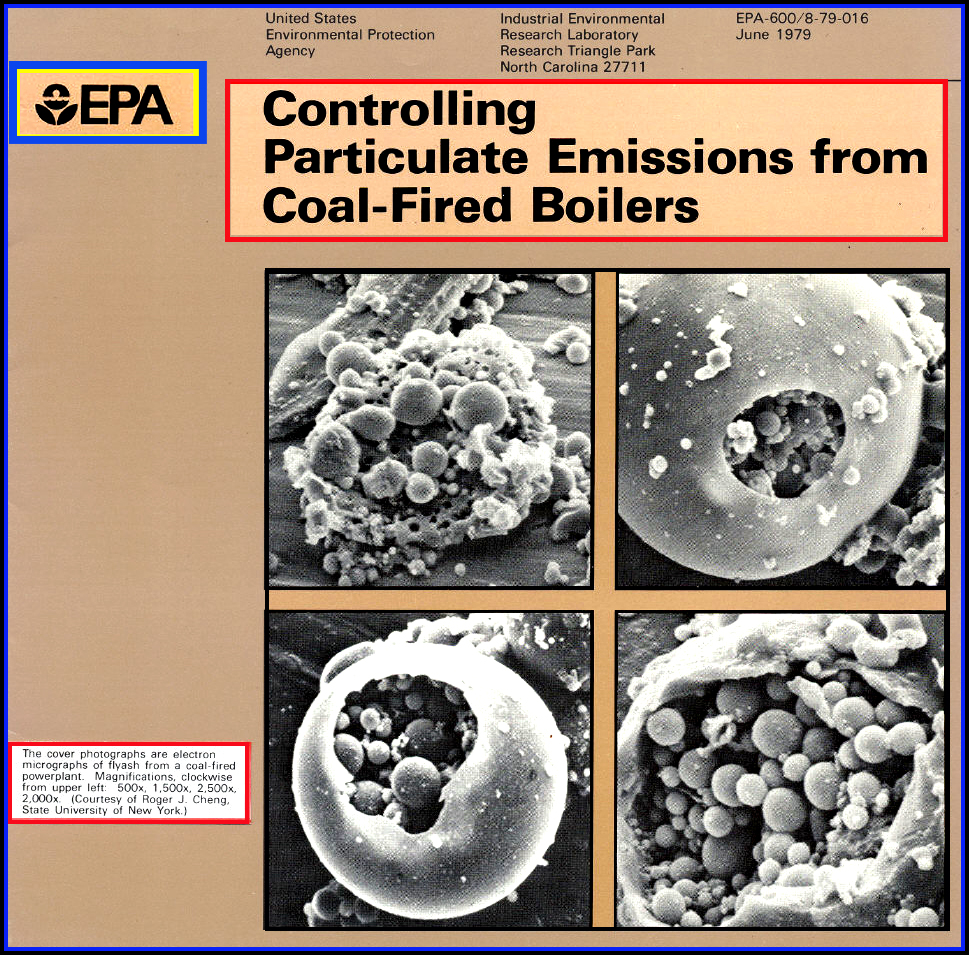
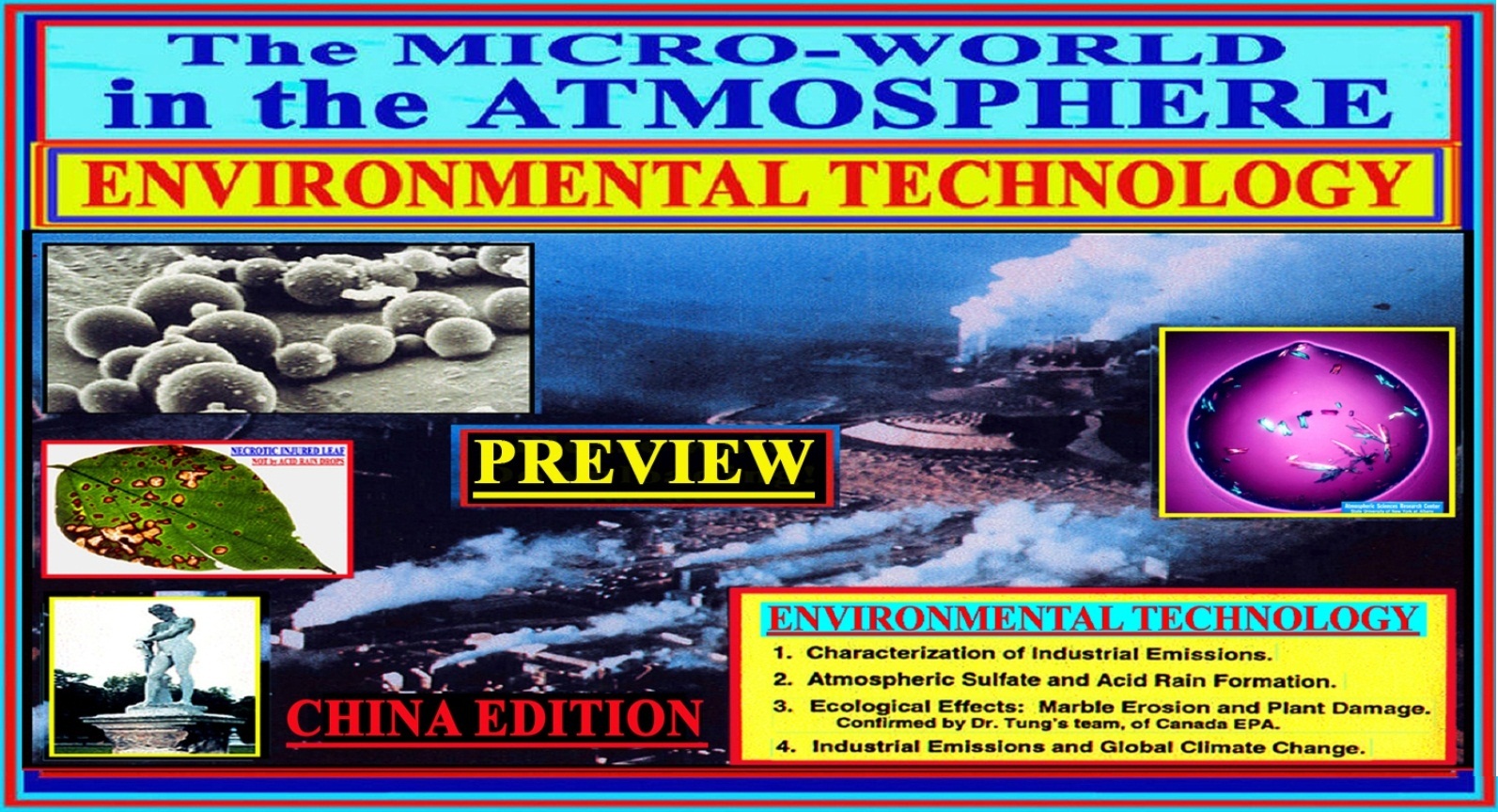


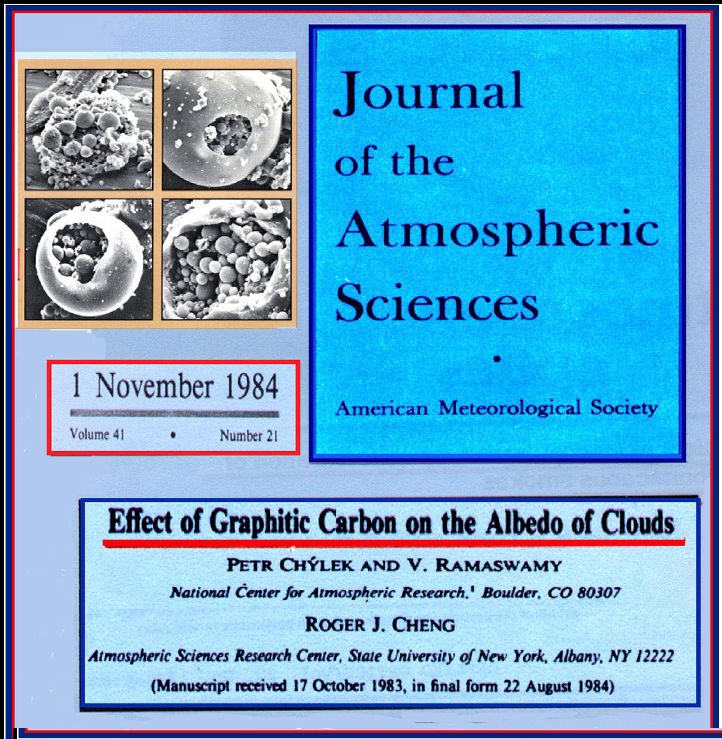
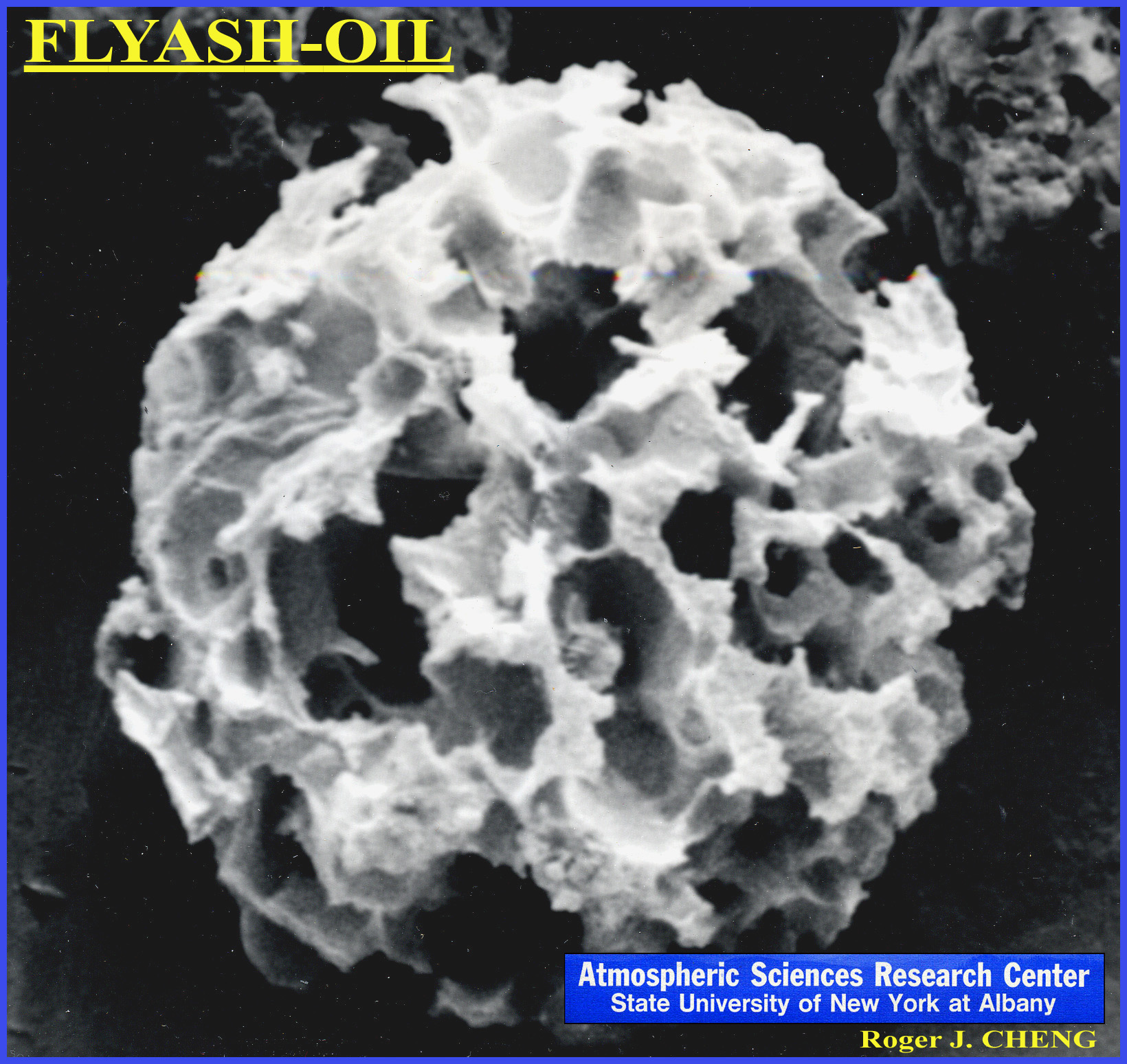
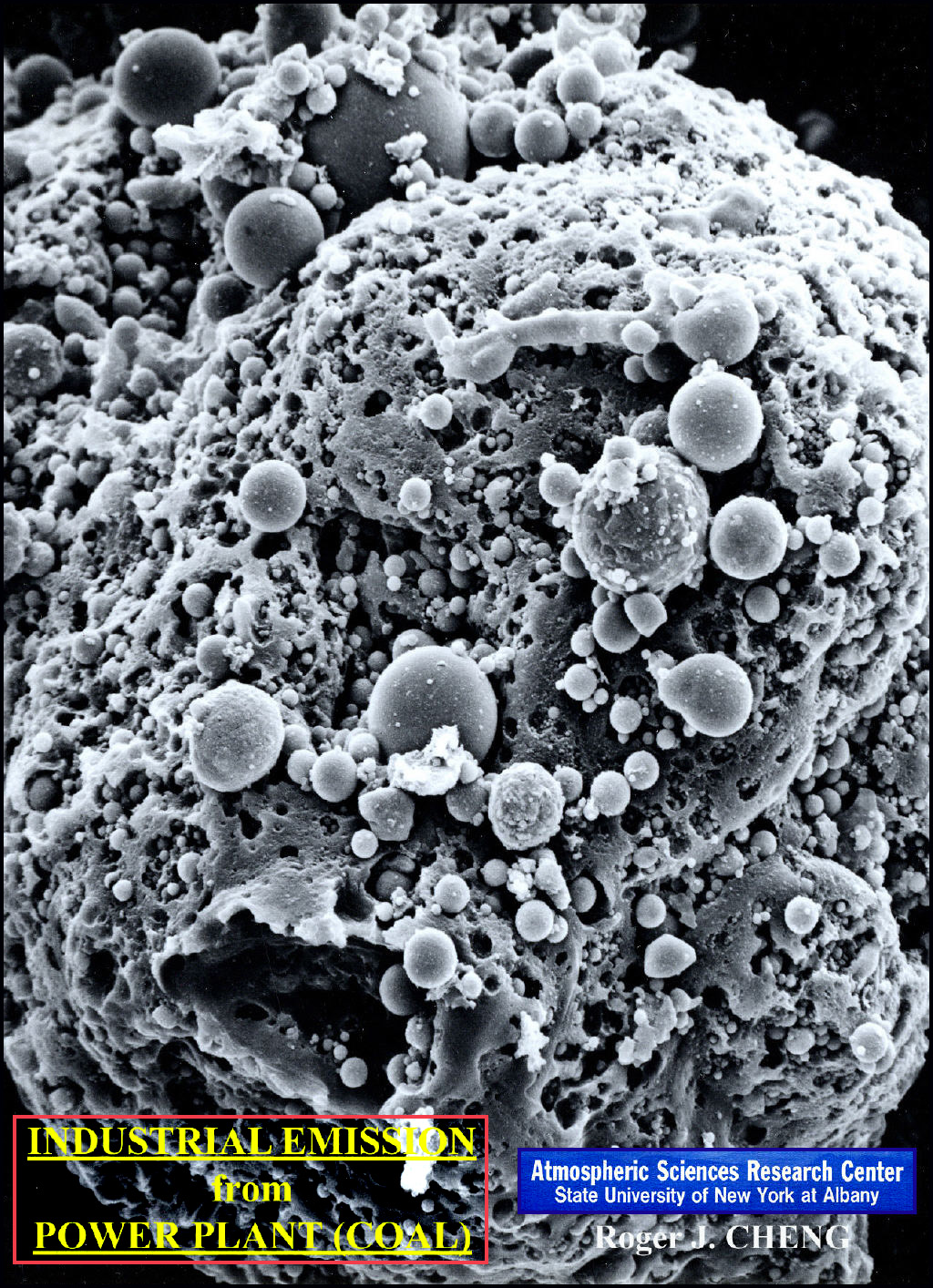
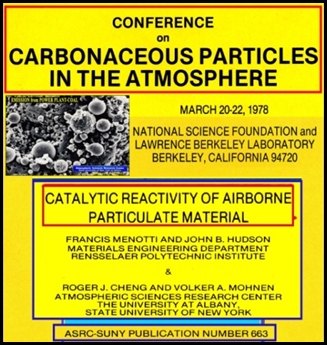
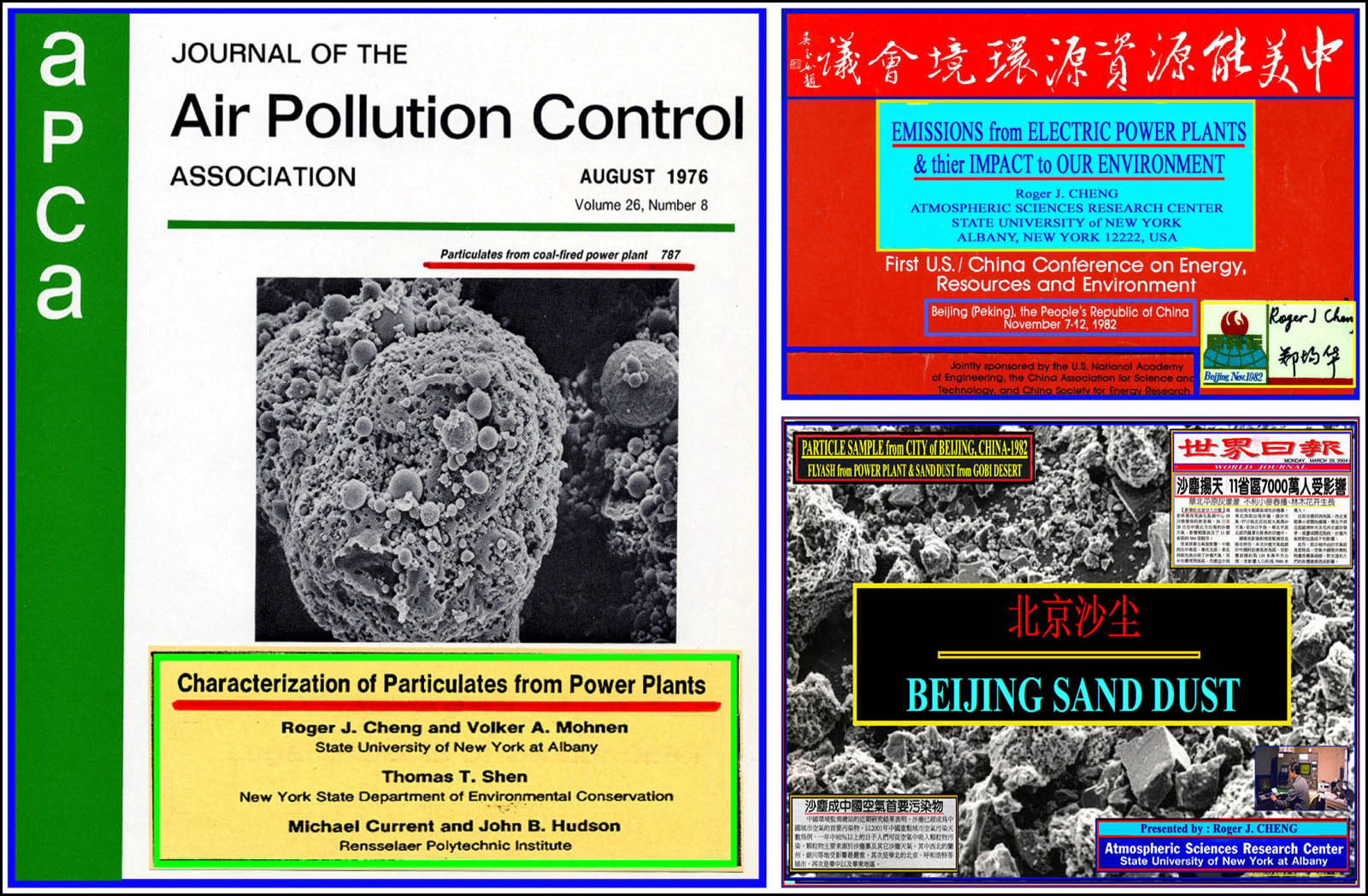

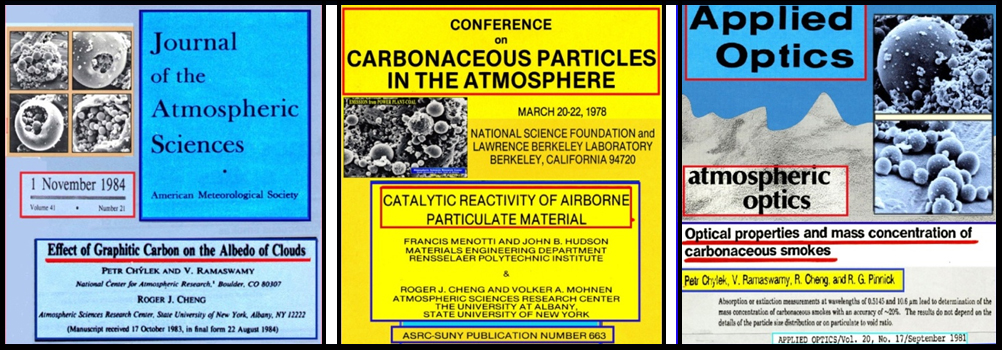
.png)
